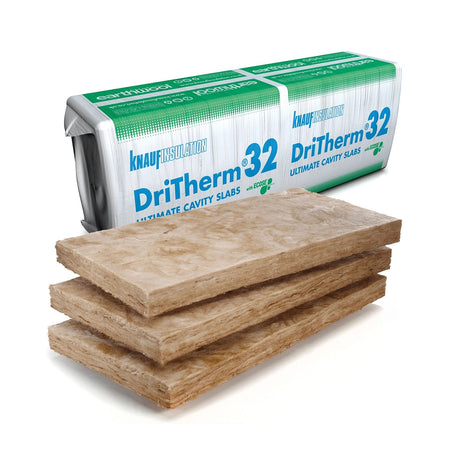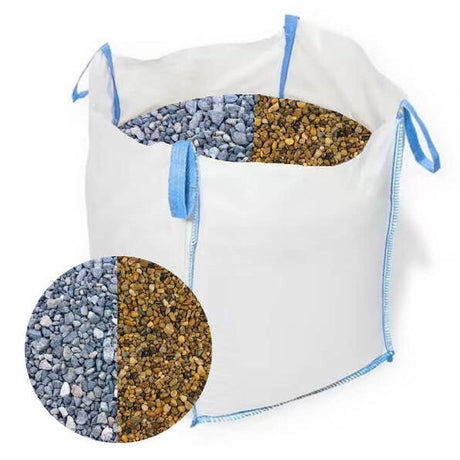Looking to install plasterboard on your walls? Traditional plastering techniques can be tricky and time-consuming, and hiring a professional plasterer can be expensive, but you should know that there is a great alternative method called Dot and Dab. This is an easy-to-master method that will allow you to create a smooth and even surface that is ready for painting or decorating. The Dot and Dab technique is easy and cost-effective and can be used for residential and commercial properties. Read on for all you need to know about this technique so that you can get started on your project.
What is Dot and Dab?
So, what exactly is Dot and Dab? This is a technique that involves applying adhesive to the masonry in dots and dabs in a grid layout. It is then simply a case of pressing the plasterboard against the adhesive, resulting in a strong bond between the masonry and plasterboard. Dot and Dab is used by pros and DIY enthusiasts as it is quick, easy, and affordable. Additionally, Dot and Dab can be used on uneven walls to create a smooth surface. While it is a relatively easy technique, you need to know how to do it properly to prevent plasterboard from pulling away from the walls, potentially ruining your hard work!

What is Plasterboard?
Plasterboard - also known as drywall - is a panel made from a layer of calcium sulphate dehydrate (gypsum) sandwiched between thick paper. It is used to make interior walls and ceilings. It is a fast and easy alternative to traditional lath and plaster that can help with thermal efficiency, acoustic insulation, and thermal efficiency, and comes in a wide range of variants, including moisture resistant plasterboard and acoustic plasterboard. Plasterboard is a popular material because it provides a smooth finish, and only a skim layer of plaster is needed on top to make a paintable surface. It is also lightweight and easy to install, particularly when Dot and Dab is used. Plasterboard is also 100% recyclable, making it a sustainable building material that will help you minimise your impact on the environment.
How to Dot and Dab
Collect Your Materials
First, you need to make sure you have everything you need. The materials you need include:
- Plasterboard
- Plasterboard adhesive
- Plasterboard cutter or utility knife
- Mixing bucket
- Plasterer’s float or straight edge
- Jointing tape and plaster
- Spirit level
Check & Prepare The Walls
Next, you need to make sure that the wall is suitable for this technique - it is suitable for solid brick, concrete, and block walls. If you have wood, you will need to use screws or nails to install the plasterboard instead.
You should also make sure that the walls are clean, dry, and smooth. You can create a smooth surface by either knocking off high spots or filling low spots.
Measure the Walls
You then need to measure your walls so that you know how many plasterboards you need and what size - we carry a wide selection of plasterboard from top brands such as Knauf, British Gypsum and Siniat, which are available in different sizes and specifications.
Cut the Plasterboard to Size
Once you have your plasterboards, you can cut them to size if necessary. You do this by scoring along the cutting line, then snap it back to create a clean break. Smooth any rough edges with a sanding block or plane.
Mix Your Adhesive
Using a clean bucket, mix your adhesive by following the manufacturer’s instructions. Make sure that you use a mixing stick for a smooth consistency and only make enough for one board at a time.
Apply the Adhesive to the Wall
Now, you will be ready to apply the adhesive to the wall. Use a plasterer’s trowel to apply the adhesive and make your dots around 75mm wide and about 200mm apart, both vertically and horizontally. They should also be around 25mm thick.
Attach the Plasterboard
Before the adhesive dries, apply your plasterboard to the wall by holding it firmly in place. You can use a spirit level to make sure that the boards are straight. Once the plasterboard is held in place, you can repeat the process with your other sheets. It is then a case of sealing the joints between the boards and either skimming the wall, or finishing with a plasterboard sealer so that you can paint/decorate.

Why Dot & Dab Instead of Plastering?
Dot and Dab is a popular alternative to traditional wet plastering techniques. This is because it is a technique that is (relatively) easy to master and much quicker than plastering, helping to speed up the installation time. The skim layer of plaster takes much less time to dry than a thick plaster layer would. It can also be a lot cheaper than hiring a professional plasterer!
Getting the Supplies You Need
You can get all the supplies you need to get started with Dot and Dab here at DIY Building Supplies. We carry a huge range of plasterboard, including general-use, moisture-resistant, vapour-resistant, and insulated plasterboard. We have plasterboard available in a range of sizes and thicknesses, allowing you to find the closest fit to your needs. We also stock plaster and adhesive from the top brands, including British Gypsum, Siniat, and Feb. This is important because you need to trust that the adhesive you are using will form a strong bond and last the test of time.
Dot and Dab is an excellent technique for installing plasterboard, and it is used by both professionals and DIY enthusiasts. It is easy, quick, and cost-effective compared to other plastering techniques and will give you a high-quality finish on your walls in no time at all. Hopefully, the information in this guide will be useful and help you feel confident in starting a Dot and Dab project, whether this is for a single room at home or a large-scale construction job.
We have a huge selection of high-quality plastering products available from the top brands such as Knauf and British Gypsum making it easy to get started on your next Dot and Dab project and allowing you to complete your work to the highest standard.













